Dream Vinyl Flooring2025-08-19T03:21:28+08:00
What Is The Negative Side Of Waterproofing?
Waterproofing sounds like a no-brainer. It keeps your bathroom dry, your vinyl flooring safe, and your neighbour downstairs from calling you every time there’s a leak. But let’s call a spade a spade—not everything about waterproofing is sunshine and sealed tiles. For all its benefits, waterproofing has its own quirks, challenges, and even consequences when done poorly or without full understanding.
At Dream Vinyl Flooring, we’re all for keeping water in its rightful place. But we’ve also seen enough renovation mishaps to know that the “invisible layer” of waterproofing can sometimes come with visible headaches—especially in older HDB units or when paired with the wrong renovation choices. If you’re considering waterproofing for your upcoming remodel or floor upgrade, it’s important to understand both sides of the story.
The Problem Isn’t Waterproofing—It’s Often What Comes With It
Let’s be clear upfront: the act of waterproofing itself isn’t bad. In fact, it’s necessary for almost every wet area in Singapore homes. The problem lies in poor execution, wrong product pairing, or unrealistic expectations. Waterproofing is only as good as the surface it bonds with and the installer who lays it down. When things go wrong, you don’t just get leaks—you get bloated floors, peeling tiles, and costly reworks.
So what are the negatives? Let’s unpack them.
1. Hacking Is Often Required—And It Gets Messy
Waterproofing isn’t always a gentle process. In most HDB renovations, especially for bathrooms and kitchens, the original tiles or screed must be hacked off to apply a new waterproofing membrane. This can be noisy, dusty, and time-consuming. It may also involve applying for a renovation permit from HDB and adhering to strict working hours, which could drag out your timeline.
If you’re staying in the unit during renovation, be prepared for a few days of disruption, and possibly some awkward moments with neighbours wondering if you’re demolishing your whole flat.
2. It Can Fail Silently
This is perhaps the biggest downside: when waterproofing fails, it doesn’t shout—it whispers. There are no instant signs. You may not notice anything until your vinyl flooring starts to lift, your laminate boards swell, or mould creeps silently behind cabinetry.
The most common causes? Poor surface preparation, inconsistent product application, or using the wrong type of waterproofing for the area (e.g., using cementitious where flexible liquid membrane is needed).
And once it fails? You’ll likely need to redo tiling or flooring—because waterproofing is always underneath everything.

3. Compatibility Issues with Flooring Types
If you’re going from tile to vinyl, waterproofing becomes a tightrope act. Some adhesives used in vinyl installations don’t bond well with older waterproofing layers, especially those using bituminous or low-grade membranes.
At Dream Vinyl Flooring, we’ve had to rectify many cases where homeowners laid vinyl over old, incompatible waterproofing, only to find the adhesive didn’t stick or the floor started bubbling weeks later.
This is why we always evaluate whether new overlay-friendly waterproof sheets or re-waterproofing is needed before vinyl or laminate installation.
4. Not All Waterproofing Is Suitable for Overlay Renovations
One common misconception is that waterproofing is a one-size-fits-all solution, even in overlay projects. That’s not true. Overlay renovations—where vinyl or tiles are laid directly over existing flooring—often require special preparation to ensure the waterproofing beneath remains effective.
In some cases, especially in older resale HDBs, applying new flooring without redoing the waterproofing could void your coverage or leave the underlying structure vulnerable to leaks. But redoing the waterproofing means hacking, which defeats the point of overlaying.
5. Costly If Done Twice
Waterproofing isn’t something you want to “try again later.” If it’s done poorly, redoing it means stripping away all tiles or flooring above, reapplying the membrane, and then redoing the surface layer. This doubles your renovation cost and can set you back several weeks.
In fact, according to the Building and Construction Authority (BCA) of Singapore, re-waterproofing failed areas can cost up to 30% more due to the need for removal and rectification. The moral of the story? Get it right the first time.
6. Limited Warranties or Misleading Assumptions
Some waterproofing services offer warranties that sound too good to be true—and often are. “20-year waterproofing guarantee”? Great. But read the fine print. Many of these warranties only apply if the original floor surface is untouched, or they’re voided once another contractor lays new flooring over it.
At Dream Vinyl Flooring, we always advise customers to ask for documentation—both on the type of waterproofing used and the warranty terms. Better yet, take photos of the membrane before tiling starts, in case disputes arise later.
7. Overconfidence in Waterproof Flooring Alone
With the rise of waterproof vinyl, many homeowners assume, “If the floor is waterproof, I don’t need to worry about the subfloor.” But that’s a risky bet.
Waterproof vinyl only resists moisture from above. It won’t stop rising dampness or water seepage from cracks in your bathroom slab. In fact, when used without a proper waterproofing layer, moisture can still creep up from underneath and ruin adhesives, cause swelling, or create mould problems beneath the boards.
That’s why our waterproof vinyl flooring is always paired with proper subfloor assessment and optional waterproof sheeting where needed.
8. Not Always DIY-Friendly
While some homeowners may attempt minor waterproofing themselves—especially using spray sealants or cementitious mixes—it’s easy to get it wrong without proper tools, technique, or surface prep.
Waterproofing is best left to professionals who understand how to layer, cure, and test it. Doing it on your own could not only lead to failure but also delay your renovation timeline if the next contractor finds the surface unsuitable.
9. Increases Renovation Timeline
Even under ideal conditions, waterproofing requires at least 1–2 days to cure properly before you can install tiles or vinyl flooring. Rushing the process—especially during humid or rainy days—can lead to subpar results. This is a hidden delay many homeowners don’t factor into their planning.
10. Adds to Overall Renovation Cost
Waterproofing is one of those renovation items that feels invisible but costs visible money. On average, waterproofing wet areas in a 4-room HDB flat can cost between $800–$2,000, depending on the method and area size.
It’s a crucial investment—but definitely one that can bump up your renovation budget if not anticipated properly.
So, Is Waterproofing Still Worth It?
Absolutely. But it needs to be done right, with the right products, at the right time, and with the right flooring material in mind.
At Dream Vinyl Flooring, we don’t just install floors—we ensure every layer beneath supports long-term durability. Whether you’re laying down new vinyl, planning a bathroom redo, or concerned about your current flooring, we always include waterproofing checks and recommendations as part of our renovation services.
Our goal is to help you avoid the costly mistakes we’ve seen over the years. Because when waterproofing is done right, it becomes something you never have to think about again.
Explore our full suite of vinyl flooring and professional waterproofing solutions today—and make sure your dream floor stays dry, safe, and stunning for years.
Click on the link to find out more about our services and products. Chat with our sales representatives today!
About Dream Vinyl Flooring
Vinyl Flooring
Interior Design
Home Renovation
WhatsApp Us Now!
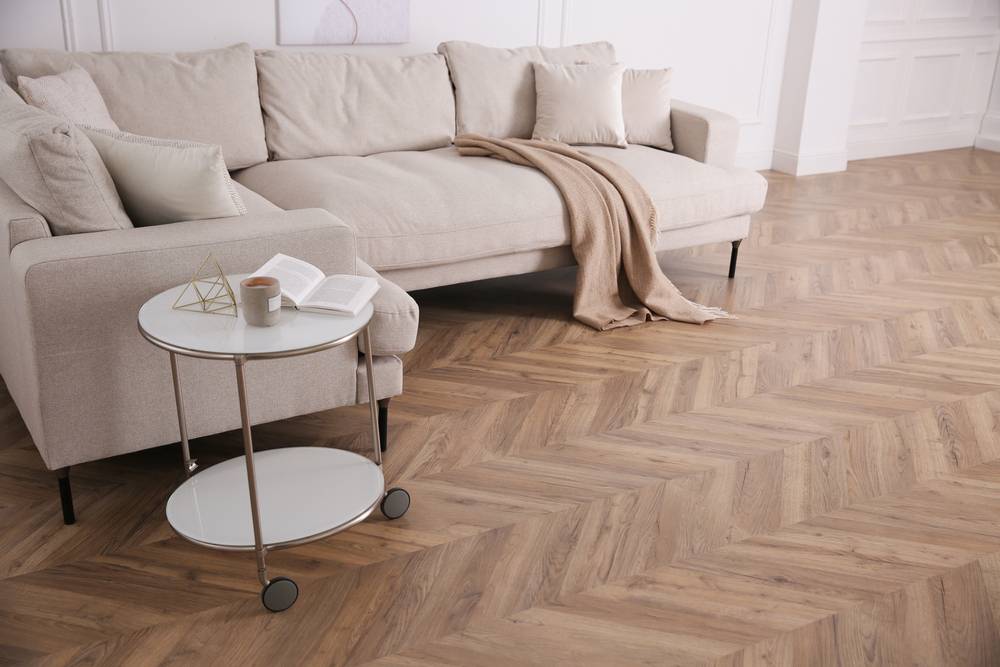
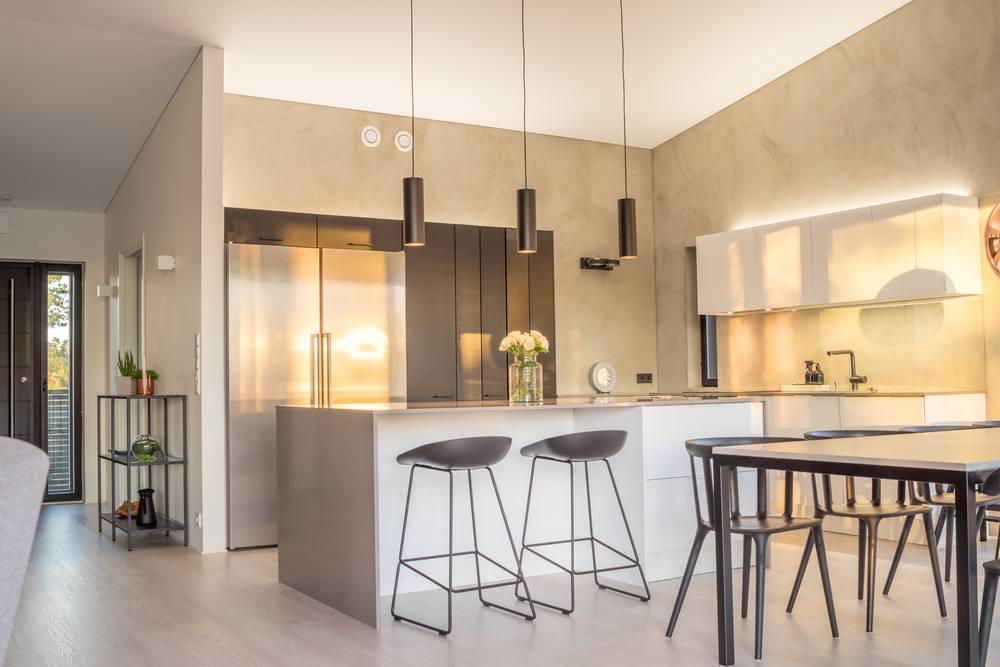

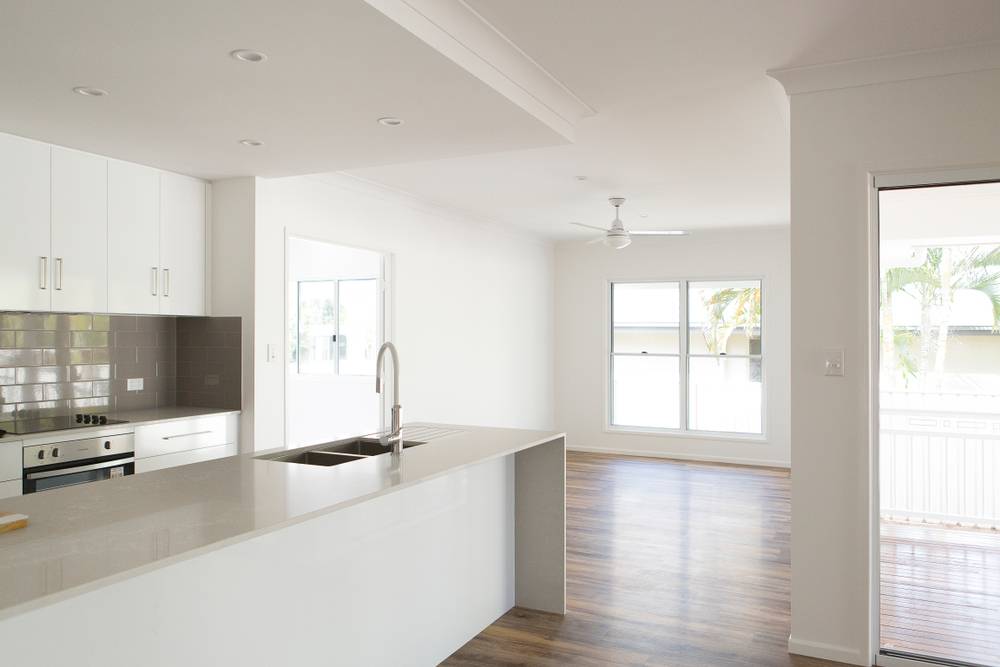
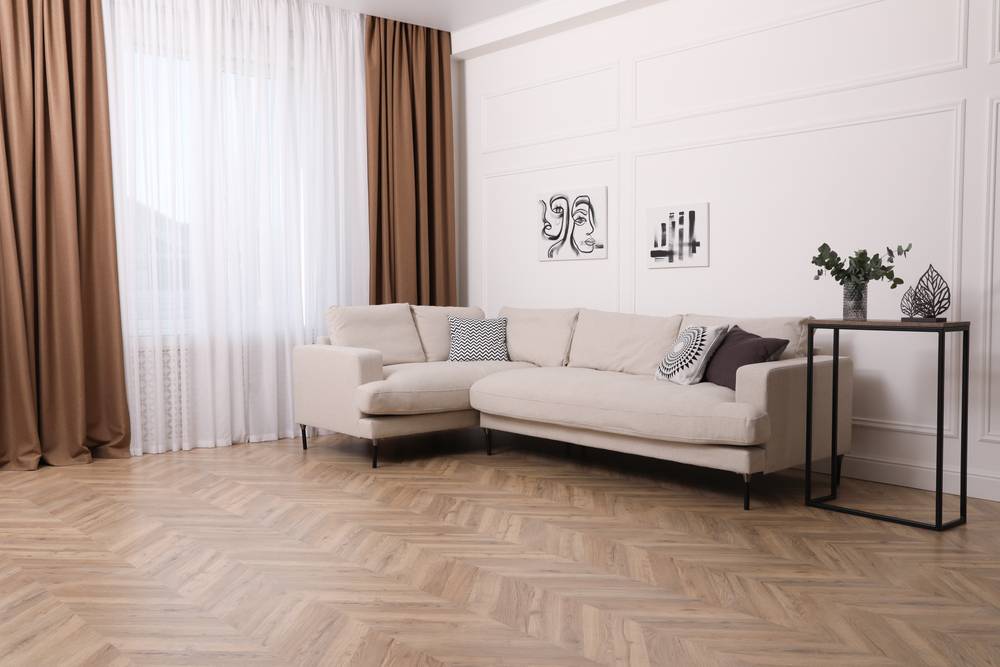
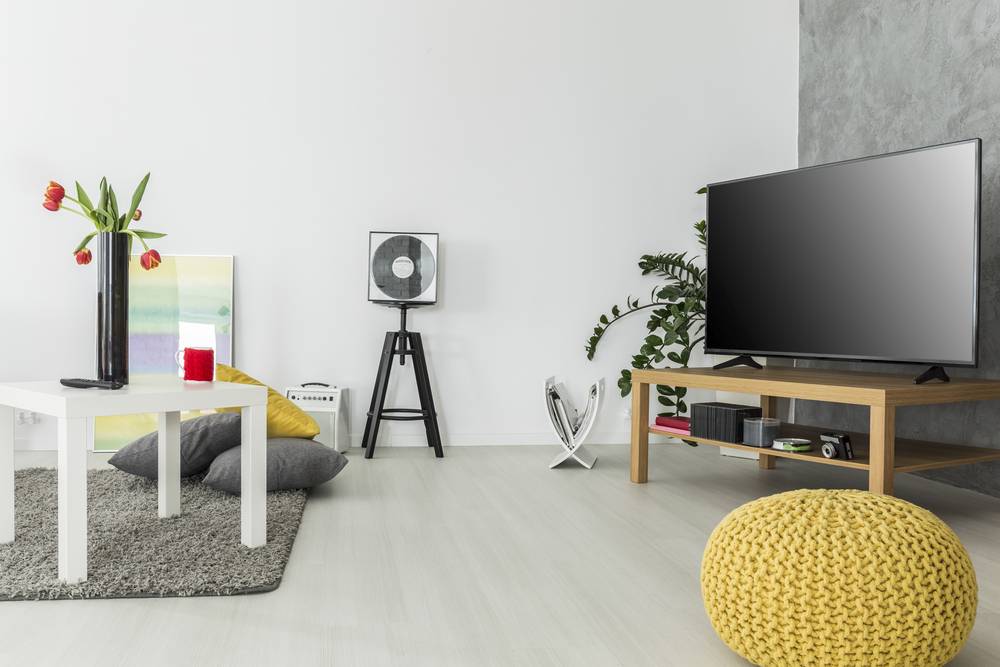
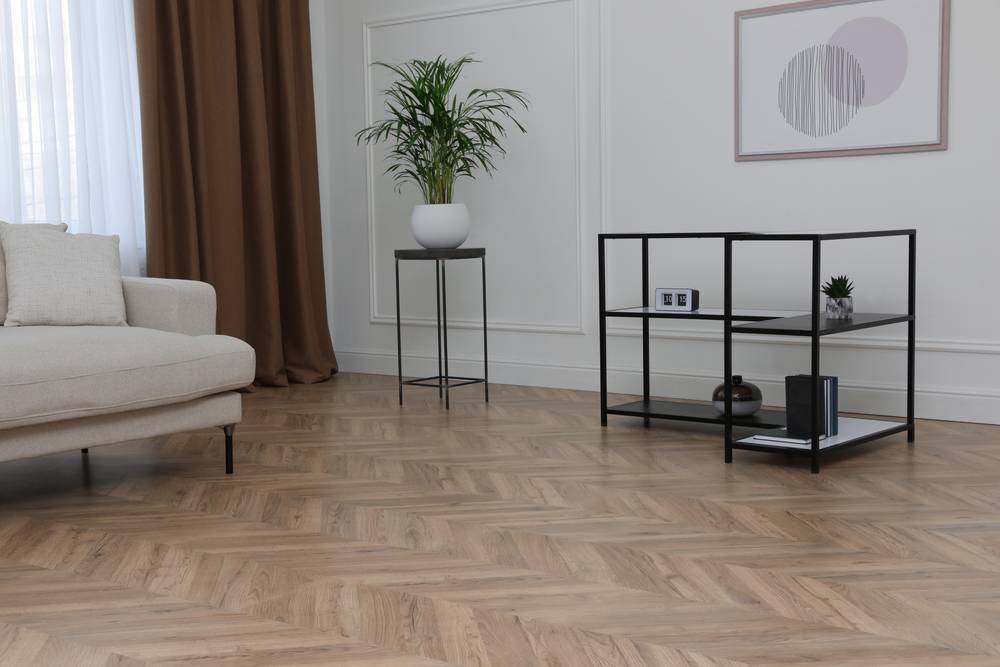
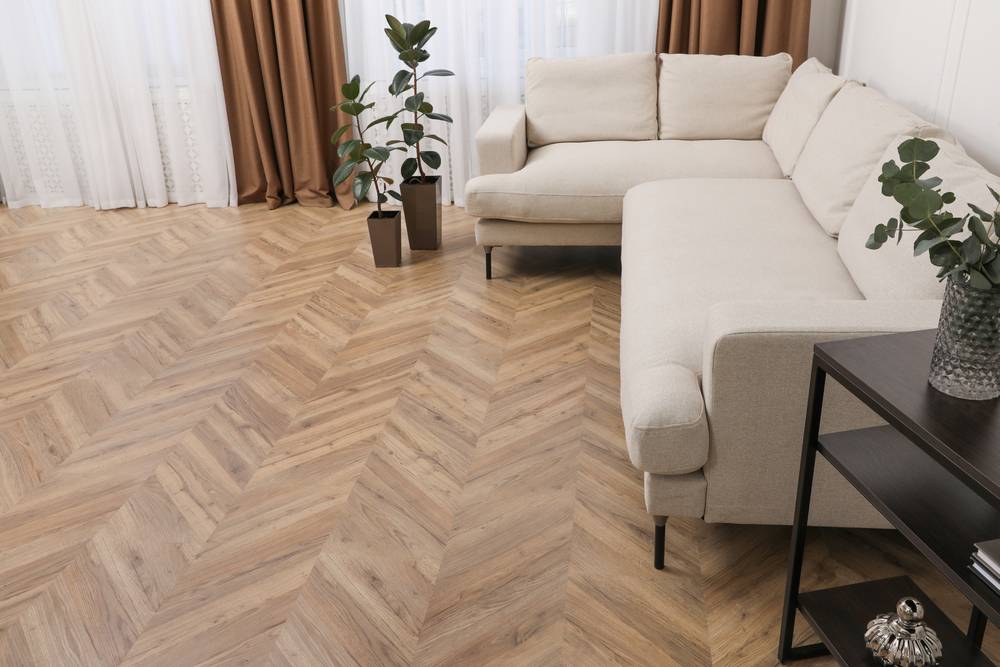

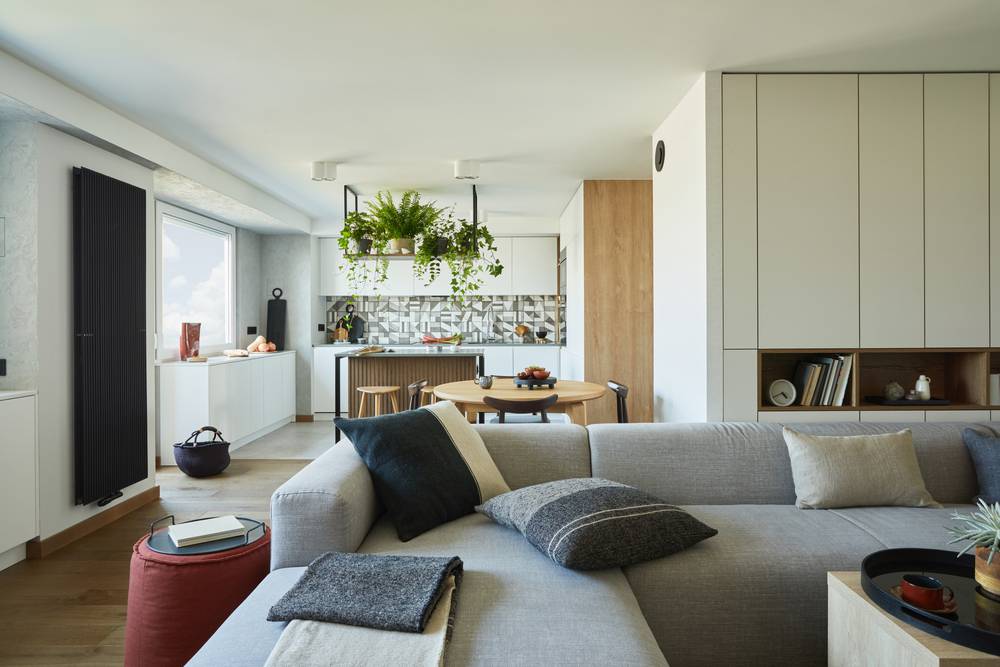


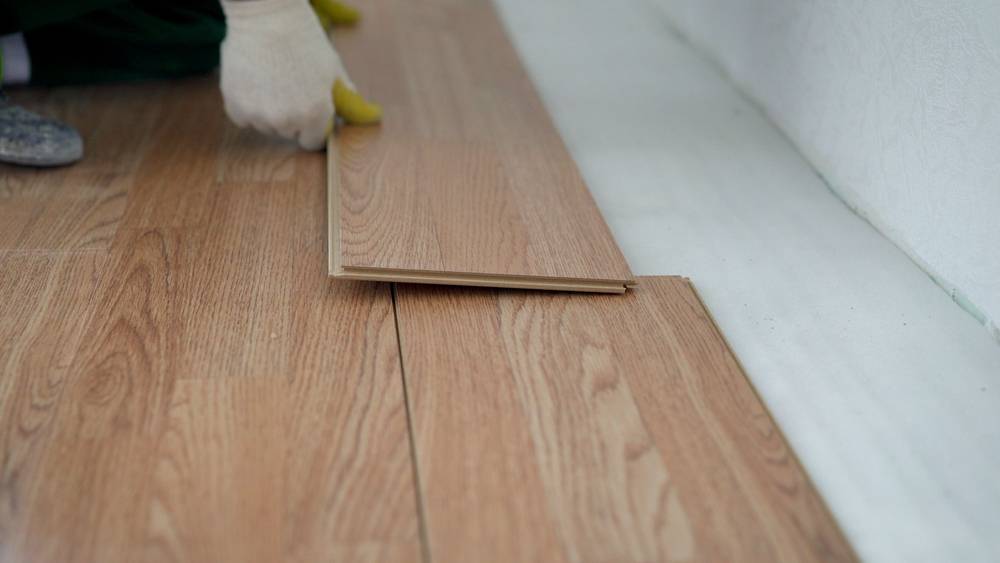

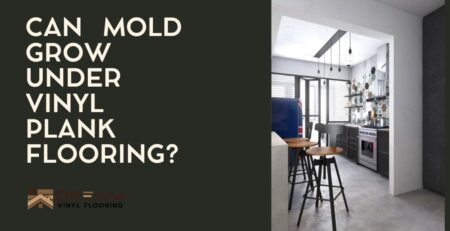






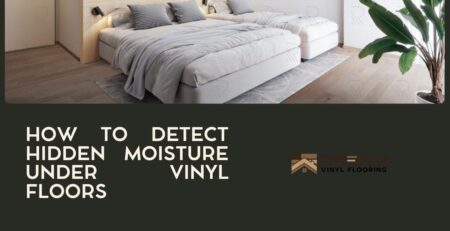


Comment (1)
[…] flooring is constantly put to the test. Reliable suppliers ensure you get vinyl flooring that’s waterproof, scratch-resistant, and backed by warranties. They also provide professional installation […]
Comments are closed.